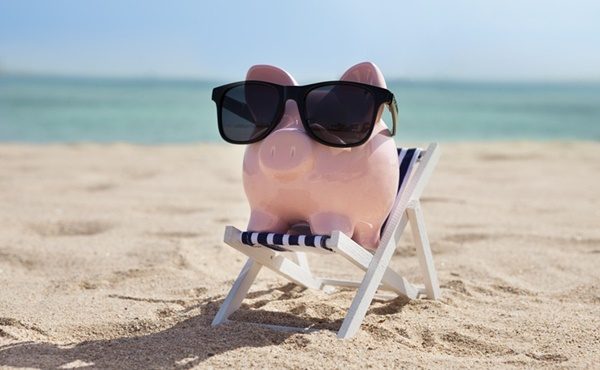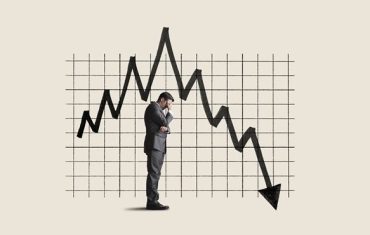According to the Australian Bureau of Statistics, more than 60 per cent of small businesses cease operating within three years of opening. One of the reasons for this is inadequate cash flow or high cash use, which affect around 40 per cent of failed businesses.
Managing your cash flow is a vital part of running your own business, but getting it wrong is easy to do and can be disastrous for your store. Here are five mistakes to avoid.
1 Not paying attention
The first thing to remember is that sticking your head in the sand when it comes to your finances won’t help. You need to have a clear picture of both your business and personal expenses, and ensure that the two are kept separate. If you’re doing your own accounts, dedicate 15 minutes a week to staying on top of your bookkeeping.
2 Not having a cash flow forecast
A cash flow forecast will help you identify when your store’s cash flow is at its highest and lowest. To do this, detail all the expenses you expect your business to incur over the next 12 months and the cash you expect to come in.
Don’t forget things like BAS payments, superannuation, GST, and extra staff and stock for busy periods like Christmas. By understanding the demands on your business in the months ahead, you can start putting aside money to cover the periods you know you will need extra cash, or organise a source of financing in advance.
3 Not being realistic
While optimism is vital when you run your own business, letting it compromise your objectivity can be damaging to your cash flow. One common issue for retailers is holding too much stock, as this not only ties up your cash but is also a pain when it comes to storage.
Because of the risk of over ordering, it’s important to ensure your sales forecasting is realistic and based on historical evidence and real numbers, rather than overly optimistic predictions. You should use actual past revenue data from your business to help identify trends and predict future sales.
4 Not sticking to a budget
Running a business involves lots of expenses that are beneficial, like marketing or investing in a new product line you know will sell. However, there are plenty of other cash drains that aren’t necessarily vital to your store.
If you want your business to make money, you need to create a realistic budget, and stick to it. Keep your eye on the bottom line and consider the cost-benefit of every single expense. You could also look at cutting costs in-store—saving energy by switching all electronics off at the wall when not in use and using energy efficient lighting is one option. Also ensure you are getting the best possible rate on your utilities—there are lots of online calculators you can use.
5 Not having cash on hand
Life in general is unpredictable, but it becomes a rollercoaster ride when you own a small business. You never know when your store will need an emergency roof repair, or when your laptop will break on the same day that you have to pay a supplier.
Because of unexpected expenses like these, it’s important to have cash on hand for when things go wrong. Having a nest egg in the bank could mean the difference between riding out a slow sales month and experiencing a slow sales month that sends you out of business.
To safeguard your business from cash-flow issues, try and maintain an account balance equivalent to at least two months’ worth of operating expenses. That way, even if you experience some lows, you have reserves in place to tide you over until things pick up again.







